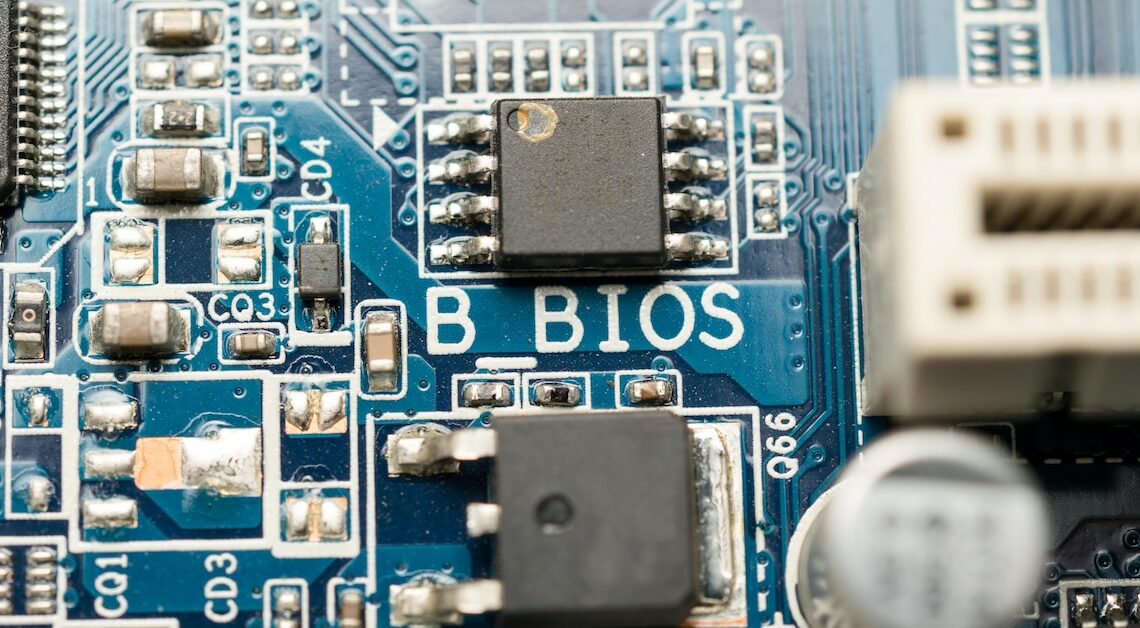
You need to access the BIOS if your PC is having system problems. It works by pressing a specific key during the boot process.
Accessing BIOS: How it works
To open the BIOS, i.e. the firmware of a PC, a certain key must be pressed when the computer starts.
- When you turn on your computer, you will first see a few instructions and possibly the manufacturer's logo.
- At this point, a specific button must be pressed (preferably several times) to ensure you get the moment right. Which button you need varies from manufacturer to manufacturer.
Open the BIOS at the touch of a button when the computer starts
Depending on the manufacturer, the BIOS is called up using a different key or key combination. The following list shows the most frequently pressed keys in descending order:
- The Delete key is the most commonly used key to enter the BIOS.
- Often these are the keys “F1”, “F2”, “F8” or “F10”.
- The tab key is less common. You will find it on the very left of the keyboard, with two arrows printed on it.
- If all these keys don't work, press “Ctrl” + “Alt” + “Esc” or “Ctrl” + “Alt” + “S” at the same time.
BIOS commands for individual manufacturers
If you don't want to spend a long time looking for the right combination, use the following list to find out the common method for some popular manufacturers. Unfortunately, not every manufacturer sticks to their common practice for every model.
- Asus, Lenovo, Dell, Samsung & Toshiba: F2
- Acer (inkl. Packard Bell): F2 or Ctrl + Alt + Esc
- AMI / American Megatrends: Delete, Del or F1
- HP: F10
- Phoenix: (Ctrl Alt Esc) or (Ctrl Alt S)
- Sony Vaio: F2 or F8 or the Assist key
